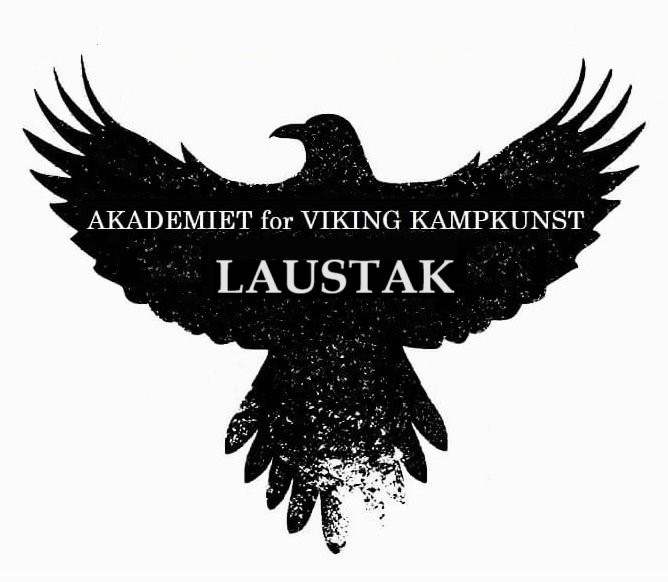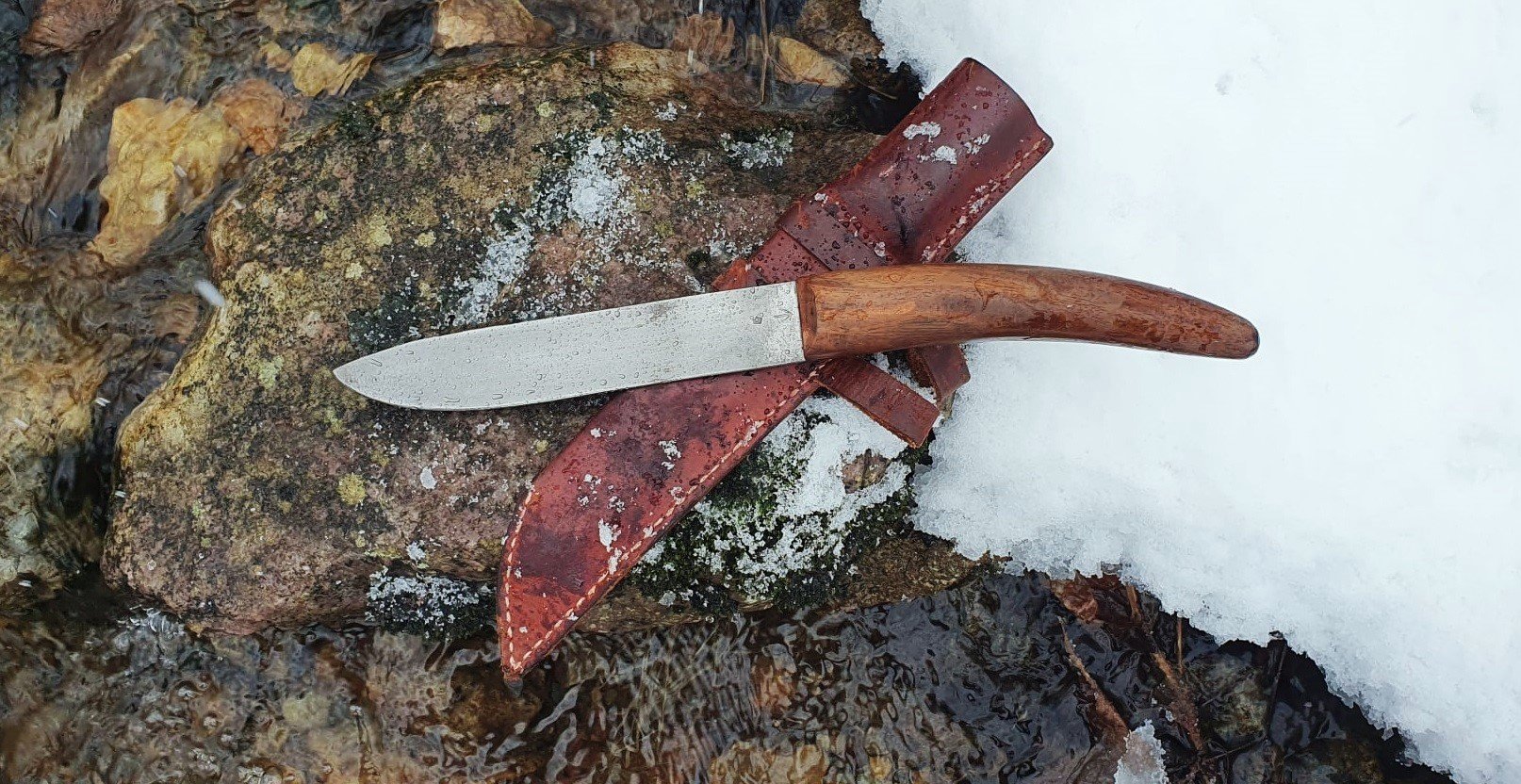VIKING HUNTING, FISHING and WOODSMANSHIP by Tyr Neilsen
/Scandinavian people during the Viking Age could survive in all kinds of nature. In a land which experiences extreme weather and treacherous 6 month winters, surviving was a full time job, and for Vikings, and Viking Age families, the most important thing each day regarding survival was finding food. This meant that hunting, fishing and woodsmanshp skills were necessary skills that had to be maintained all the time.
In addition to these skills, Vikings needed tough and durable clothing, for hunting and fishing out in the mountains, forests, lakes, rivers and sea. Viking Age hunters made their own clothes and footwear for use in rough terrain, and made specialized clothing that tolerated being outside in rain or snow during violent storms and freezing winters.
Vikings also made all the hunting and fishing equipment needed in order to flourish year round. In all conditions, having the best tools and equipment is a must, as having the best possible equipment has always been important when survival out in nature can depend on the smallest advantage.
viking knife (left) and modern norwegian ‘tolle’ knife (right)
KNIFE
With cold and hostile winters that could last 6 months out of the year, owning a knife would mean the difference between starving and surviving. The Viking ‘survival’ knife was called a Sax, and it was a rugged knive used for hunting, fishing and fighting.
The Viking sax, also known as a “Viking hunting knife”, “Viking fighting knife” and “Viking war knife”, was a mean, one-handed, single edged cutting weapon, that could be used for survival out in the winderness and survival in combat.
For more info on the Viking Survival Knife: https://www.vikingmartialarts.com/viking-man/2023/3/21/viking-survival-knife-by-tyr-neilsen
viking axe (over) and modern Norwegian camping axe (under)
AXE
From cutting and splitting wood, to building a house, ship and boat, or being used in a hunt or fight, an axe was truly a valuable and versatile Viking tool.
In Viking age Scandinavia, the axe was the most common tool used by any farmer. Even the poorest farm had to have an axe to cut and split wood, so from childhood everyone who grew up on a farm knew how to use an axe. Iron and weapons made of iron were expensive, but an axehead was relatively easy and cheap to make. This, and the fact that it was a tool used since childhood, the axe became the personal weapon of the Viking.
This everyday tool for the ordinary Northman changed steadily throughout the Viking Age . Some axeheads were elegant and thin, others were thick and heavy. The best axeheads had a hardened steel edge welded to the iron which made it a better cutting edge. A thousand years later, and after many design changes, the Viking style axe is becoming ever more popular when it comes to camping in Scandinavia.
SPEAR
Spears were used for hunting in the Viking Age, and being able to throw a spear with great strength and accuracy was as important to a Viking as being a good archer. With a well-balanced shaft, and a steel spear tip beautifully shaped for accuracy in flight, hunting or combat, the Viking spear was formidable and fatal in both close combat and long distances.
Spear training began at a young age, and the most important thing was to hit the target. If used in a skillful way whilst hunting, a spear would not be lost as easy as an arrow. The Viking spear was cheap to make because only the spearhead were made of iron, and it took little time to train someone to use it.
In its simplest form, a spear is just a pole with a sharp end, but in its finest form, the Viking spear was a work of art. Spears have long disappeared from use when hunting in Scandinavia, but the practice of spear throwing for fun and competition is still alive and well.
viking longbow (over) modern compound bow (under)










